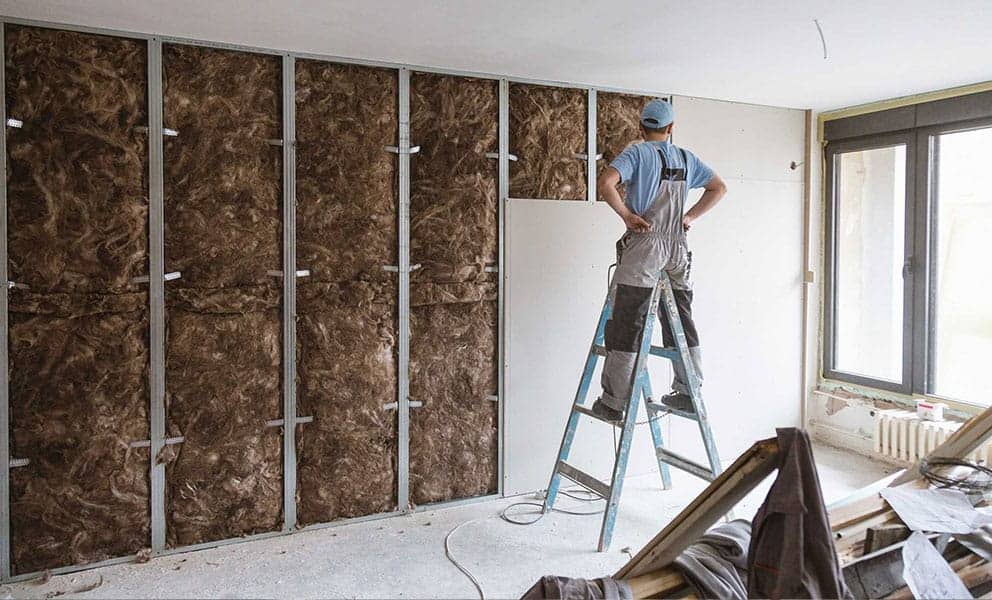
Call our team
01484 442420Find An Applicator
Menu
close

Read on as we look at five of the best insulation materials, including their properties and any drawbacks.
Fibreglass is one of the most common types of insulation. It’s made using thin strands of glass or silicone, which are woven into an insulative material. The main benefit is that it’s cheap to make – and therefore cheap to buy.
Unfortunately, it does come with a downside. Fibreglass produces tiny pieces of glass and even glass powder, which can damage your eyes, skin or lungs if you’re exposed to them. While safety precautions can be taken during handling and installation, this thought alone is enough to put many people off the material.
While mineral wool can also refer to fibreglass insulation, rock wool in particular is a basalt-based product which comes as large pieces (batts) or loose wool. While they’re amongst the best insultation materials in terms of heat retention, both varieties of mineral wool have their disadvantages.
The efficacy of mineral rock wool can be seriously impaired if it’s exposed to water or damp. That makes it unsuitable for properties with existing damp or wind-driven rain if it’s used in wall cavities. Fibreglass wool also suffers from the same problem, as well as the health risks mentioned above.
Short for polyisocyanurate, PIR insulation refers to foam boards. Unlike many other kinds of insulation, it comes in a rigid state – so it’s not compacted during the installation process. Unlike the options above, which are best suited to cavity insulation or loft insulation, rigid PIR boards can also be fixed to walls and ceilings.
The problem? When doing so, you’ll be fixing a board that measures around 50mm (or even more) to your walls and ceiling. Given that you’ll need plaster on top of those boards, that’s a significant amount of space sacrificed to improve insulation.
Another product that’s commonly cited as one of the best insulation materials is polystyrene. Like PIR, it comes in rigid boards or blocks, which can then be fixed to the surface you’re insulating.
The drawbacks are much the same as PIR in that you’ll be eating away at the size of any room you insulate. On top of that, polystyrene production relies on fossil fuels, given that it’s a polymer made from a liquid hydrocarbon monomer, styrene. In simple terms, it contributes to global warming.
Last but certainly not least is cork insulation. Made from the bark of cork oak trees, this unique material is naturally insulative without any of the risks, environmental damage or downsides of the alternatives.
It’s spray-applied with a final coating thickness of just 8mm, so it doesn’t affect the size of your room. The coating is completely water resistant and can even eliminate damp in your building. Most importantly, it’s incredibly effective as insulation. Our SprayCork coating has been proven to reduce heat loss by 30%.
If you’re looking for the best insulation materials, it really is hard to see past cork. To find out more, check out our complete guide to cork insulation or contact the CorkSol team on 01484 442420.
"*" indicates required fields